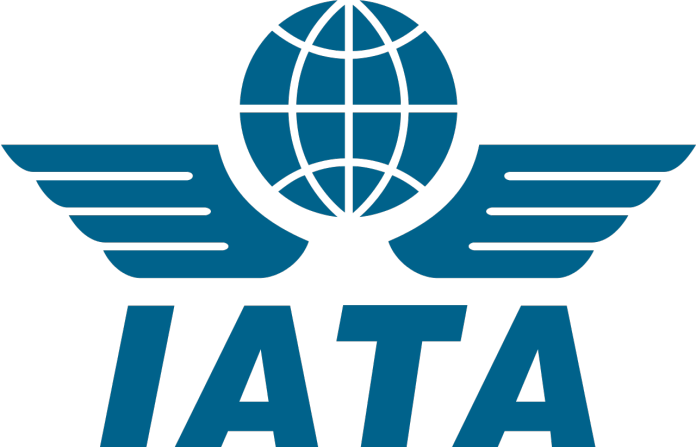

Airline financial performance is “improving strongly“ especially for carriers in the US and Asia Pacific, according to a report by the International Air Transport Association (IATA).
The association published its May-June report of the Airlines Financial Monitor on Tuesday 7 July, inwhich it samples the first quarter (Q1) results of 81 airlines.
IATA explains: “The industry financial performance improved significantly on the year ago period at the operating and net profit level. The increase was driven by North American airlines, where consolidation and cost cutting has resulted in a significant boost to profitability and lower fuel costs.”
Airlines in Asia Pacific have also improved on a year ago, IATA explains, while Chinese carriers recorded, “solid,” Q1 profit results. This is said by IATA to be owing to strong demand and improved operational efficiency. In Q1, the carriers sampled had a combined net post-tax profit of $5.3 billion, compared with a $1.2 billion net post-tax loss in the first quarter of in 2014. But, there was a significant difference in performance across regions.
In North America, the 35 sampled had a net post-tax profit of $3.4 billion and the 21 in Asia Pacific a net post-tax profit of $954 million. But, in Europe, the 13 sampled saw a net post-tax loss of $161 million and the seven in Latin America, a $107 million loss. The five from other regions posted a net post-tax profit of $1.1 billion.
In the report, IATA also says crude oil prices weakened in June, due to expectations of supply increases in the US and Iran. Last month, there was a decline of five per cent in the crude oil price compared to May. Levels are down 45 per cent on the 2014 highs.
IATA says airfreight volumes fell by 0.5 per cent in May, compared to April, confirming a flattening in the growth trend that started in late 2014. “This development is consistent with a trend change in world trade, particularly in emerging Asia, where trade showed a notable decline in Q1 and remains weak in [the second quarter],” IATA explains.
The association also explains that the freight load factor fell further in May to 44.3 percentage points, sinking to levels not seen since mid-2009. “Although there was only a small increase in capacity over the month, there was a sizeable fall in volumes, which pushed load factors down further,” it notes.
The trend in freight tonne kilometres also stayed flat in May on weakening trade activity, IATA says. Airfreight capacity in May was similar to April, responding to the weakness in demand, but the association points out slower growth in capacity might help load factors.










